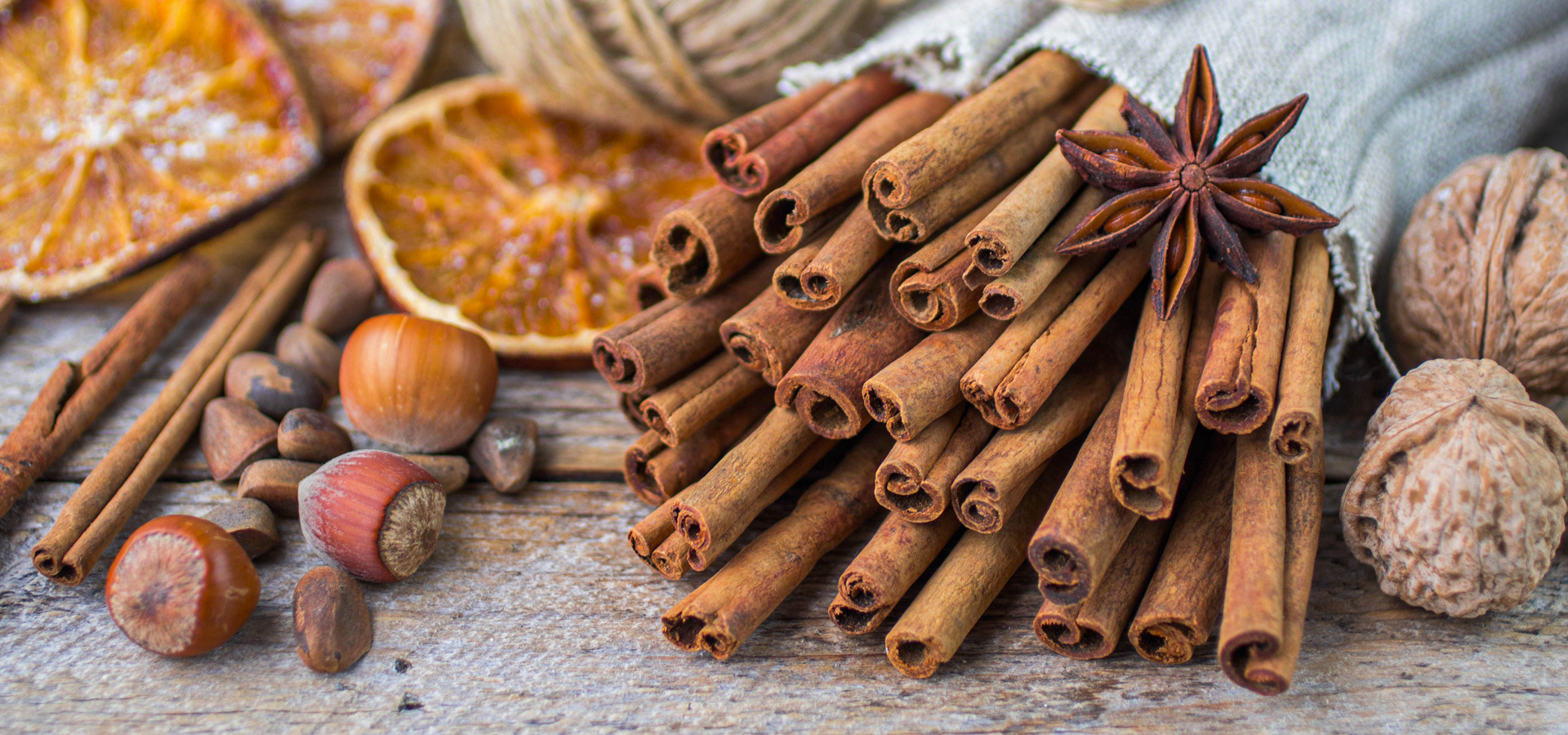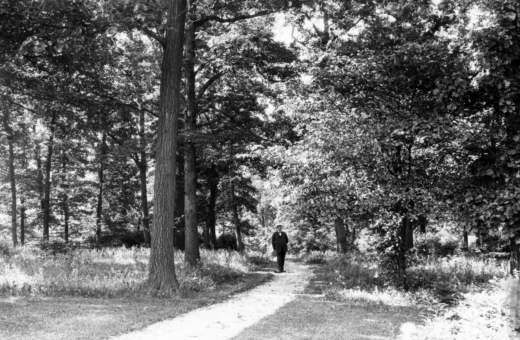A World of Trees Flavors Pumpkin Spice
Pumpkin spice means fall is here! If you wait all year to savor a pumpkin spice latte or light up a pumpkin spice candle, then you owe trees a “thank you.” Most of the spices involved come from trees, according to the Plant Clinic of The Morton Arboretum.
The taste and scent combination generally referred to as “pumpkin spice,” long associated with pumpkin pies and now found everywhere, is a mixture of cinnamon, nutmeg, ginger, and often cloves or allspice.
Cinnamon comes from the inner bark of various evergreen trees in the Cinnamomum genus, native to Southeast Asia. When it dries, the bark curls up into the tubes we know as cinnamon sticks, or it can be ground to flavor baked goods and coffee drinks.
Nutmeg is the fruit of a tropical evergreen tree, Myristica fragrans, native to Indonesia. The fleshy covering of the nuts is ground up for another spice, mace.
Cloves are the dried flowers of another Indonesian tree, Syzygium aromaticum. The name comes from the French word clou, meaning “nail,” because that’s what dried whole cloves resemble. Allspice are the berries of a tree native to the Caribbean, Mexico, and Central America.
Other plants, as well as trees, contribute to pumpkin spice. Ginger is the rhizome, or swollen underground stem, of an Asian flowering plant (Zingiber officinale).
Sugar can come from several plants. One is sugar cane (Saccharum officinarum), a grass from the Indian subcontinent. Another source is beets (Beta vulgaris), the roots of a plant from southern Europe that can be grown in places too cold for sugar cane, such as the upper Midwest. The sugar in many commercial products is high-fructose corn syrup from corn (Zea mays), domesticated by Indigenous people from a grass native to southern Mexico.
Milk, of course, doesn’t come from plants at all—unless you specify soy milk in your latte. Soybeans, though widely grown in the Midwest, are native to East Asia. Almond milk comes from another tree: the almond tree (Prunus amygdalus), one of the earliest domesticated fruit trees, which originated in Central and Western Asia.
The trees that give pumpkin spice flavor to our pies, muffins, and coffee treats are tropical species that don’t grow in the Midwest. Although these commercially valuable trees are not threatened with extinction, many other tree species do face threats from development, habitat loss, climate change, and other challenges around the globe. The Arboretum, which is a museum of living trees and a leader in tree science and conservation, works to save endangered tree species in Mexico, Costa Rica, Vietnam, and other countries.
The traditional pumpkin pie spices, coming from different regions in the tropics, got together with sugar starting in the 16th century, when new sea routes, increasing colonialization, and global trade made all the ingredients cheaper.
Once, spices had to be traded overland from Asia to Europe, and were an expensive luxury enjoyed only by the very rich, especially as part of Christmas feasts. Sugar and spices only became affordable for most Europeans in the 17th century.
It happened to be just the time when some Europeans were settling in New England and New York, where they learned about pumpkins and other American squashes from the Indigenous peoples in North America. Pumpkin pies, and pumpkin pie spice, were born.
“There’s a world of people and plants in a pumpkin spice latte,” said Spencer Campbell, manager of the Plant Clinic.



